Lezyne Micro GPS review
Lezyne packs a lot of functionality into its smallest GPS unit
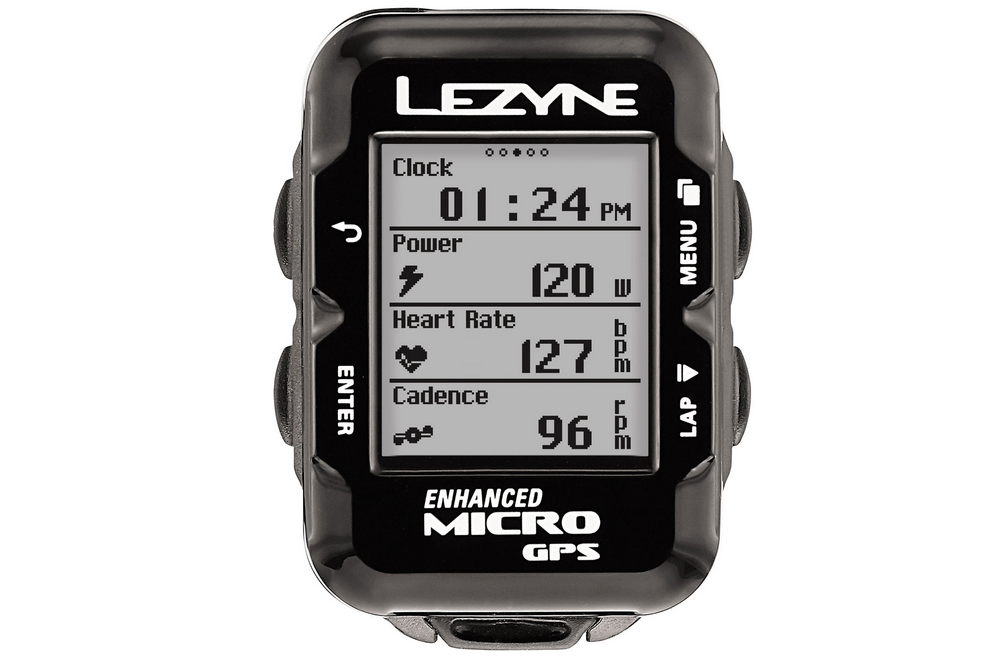
The Lezyne Micro GPS provides a fully functioning GPS unit in a very compact package. It will log and display data from peripherals and pair with your phone. You also get a breadcrumb train and full turn-by-turn route instructions. But the small screen makes readability a bit of an issue, so unless your eyesight is very good, the Micro GPS is better for logging data for later analysis than it is for reading it as you ride.
-
+
Bags of functionality in a tiny package
-
+
ANT+ and Bluetooth connectivity
-
+
Well-integrated smartphone companion app for navigation and other functions
-
+
Live tracking allows you to share your location data
- +
-
-
Hard to read screen with more than three lines of data
-
-
Disproportionately bulky standard mount
- -
You can trust Cycling Weekly.
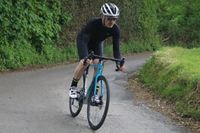
When Lezyne brought out its GPS range a couple of years ago, it included the Mini GPS, which is still available, priced at £95. The Lezyne Micro GPS is essentially the same format, although it’s got a slightly different screen size, but it packs a whole lot more functionality into the pint-sized package.
For a start, the Lezyne Micro GPS has simultaneous connectivity to ANT+ and Bluetooth. This means that you can use both protocols to connect peripheral devices like heart rate monitors and power meters.
It also allows you to connect the Lezyne Micro GPS to your phone, so you can receive notifications of calls and text messages on your GPS head unit. Lezyne also uses the phone to manage route information, sending it to the GPS for turn-by-turn navigation.
>>> Best cycling apps
You can also use the phone app to plan out a route to follow, or select a pre-mapped route from the Lezyne website or other mapping software. The route is displayed on the GPS as a breadcrumb trail, a zoomed breadcrumb trail and as turn-by-turn directions. The zoomed out trail for the whole route is minute, but zoom in to the part you’re riding and it’s pretty clear where you need to go.
Turn-by-turn navigation uses a small arrow and even smaller text. In practice, it’s reasonably easy to follow a route. But without reading the text, you can end up making a turn before you should. Go off route and all you get is a blank screen with a small roundel to indicate that you need to turn back.
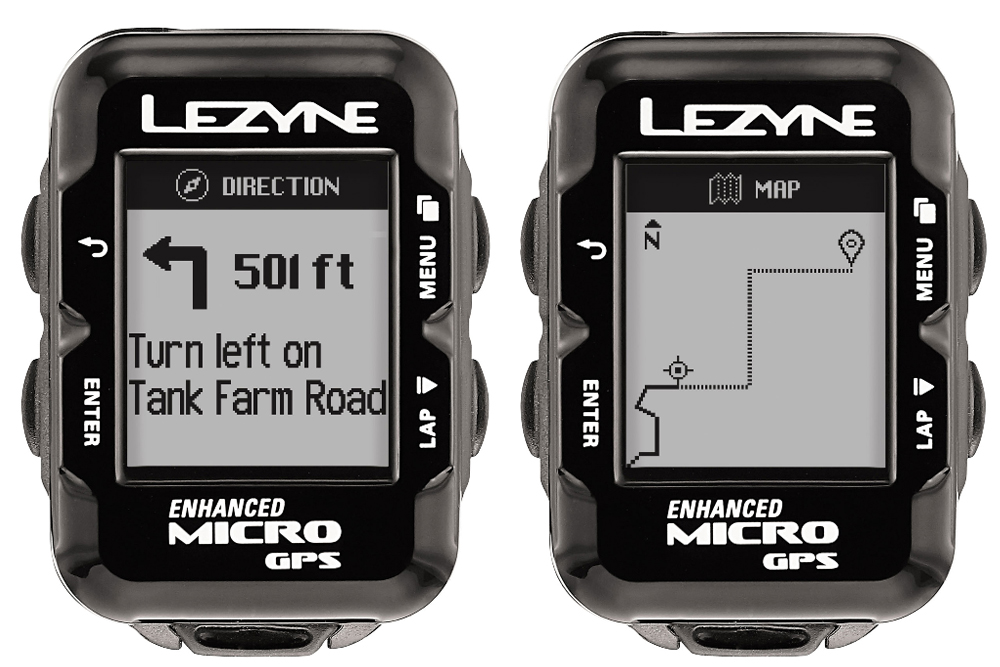
The turn instructions didn’t refresh quite quickly enough to show a right then a left either. So unless you know pretty much where you are going, you might end up with a few false moves and needing to turn back.
The latest race content, interviews, features, reviews and expert buying guides, direct to your inbox!
Lezyne’s mapping functionality lets you drop a series of waypoints, then calculates a route based on these. It’s OK, but won’t calculate a route with more than 25 waypoints and I found it followed a few bridleways rather than sticking to the road. Mapping out a route elsewhere then importing it is an easier option.
Pairing with a phone and peripherals is quick and trouble-free. The Micro GPS will display incoming text messages and call notifications from your phone – again in a tiny font though.
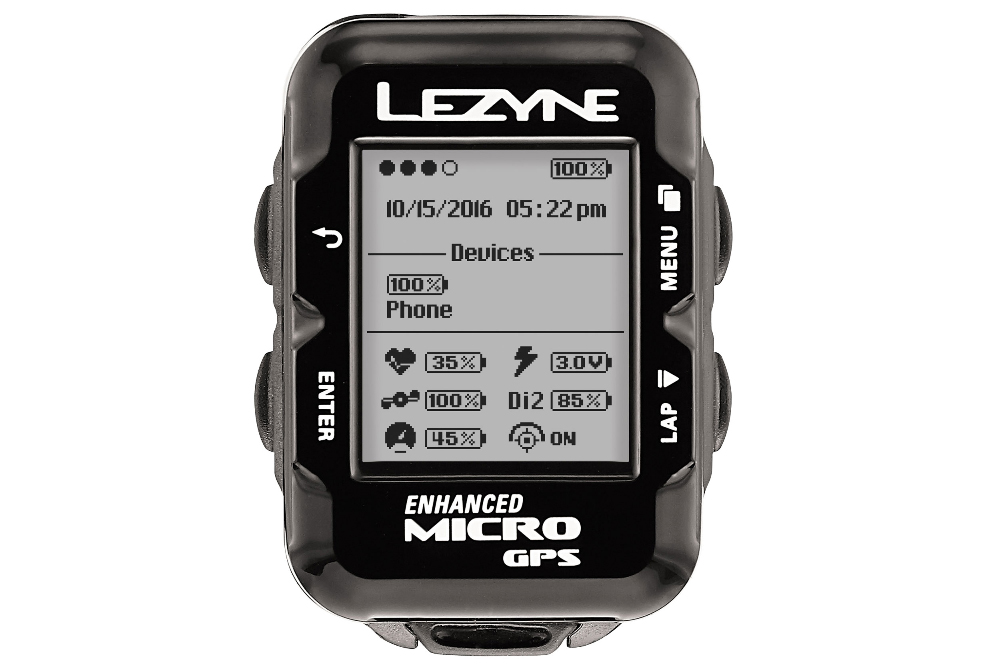
You can also use the phone app to upload your ride from the Micro GPS to the web. It’s easy to select unsynced rides and press upload, which automatically syncs to Strava.
One problem with such a small screen is, of course, readability. Although the screen is very sharp, it’s still pretty difficult to read if you have the maximum four lines of data displayed. You can cut the number of fields down to 2 or 3, either on the unit itself or on a paired phone, which makes for greater readability though.
There are four buttons on the sides of the unit, allowing you to stop and start recording, scroll through screens, and otherwise control the Lezyne Micro GPS.
Scrolling through options doesn’t highlight them - instead it moves a small arrow on the far left of the screen, so it’s quite difficult to see what you’ve selected. Unless you have 20/20 vision, you may have problems doing much more than starting and stopping the unit and reading the data fields whilst out riding.
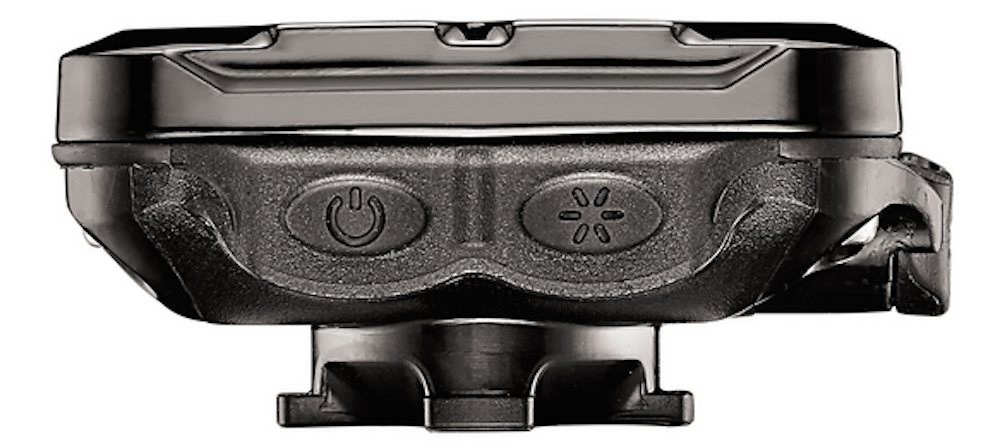
The Lezyne Micro GPS lets you set alerts on specific values for heart rate, time, calories and ride distance. It also supports Strava Live segments, if you have Strava Premium, and you can set up Live Tracks, which lets you specify the email addresses of people you want to be able to see where you are. This then transmits location data via your phone, allowing these people to log onto the Lezyne app and view your progress.
As well as GPS functionality, there’s also a built-in barometer and accelerometer, for greater accuracy of distance, speed and height recording.
You can set up the Lezyne Micro GPS to automatically upload your activities to Strava, TrainingPeaks and Today’s Plan. You can also download a training programme from TrainingPeaks or Today’s Plan to follow on your GPS.
The Lezyne Micro GPS comes with Lezyne’s standard mount, as used for its larger GPS units. This looks a bit out of proportion to the unit itself, being not much smaller and positioning the Micro GPS quite high above the bars or stem. The mount is secured by two rubber straps and the GPS itself needs a firm push down and a quarter turn to engage or disengage. This makes it ultra-secure though – much more so than a Garmin mount.
>>> The best cycle computers for 2018: a buyer's guide
Charging uses a USB cable, with a chunky rubber bung to keep the weather out. The battery will last for up to 14 hours of recording, while the unit itself can save up to 150 hours’ worth of ride data.
Lezyne sells an out-front mount which fits its computers - this should look better with the Lezyne Micro GPS. You can buy this separately or as a “Loaded” package, which bundles the computer with a heart rate monitor, a speed and cadence sensor and an out front mount for £190. An extra £20 buys you the Micro Colour GPS or the equivalent Loaded bundle, if you’d prefer a colour screen.
In summary, the Lezyne Micro GPS is impressively functional for such a small device. It does most things that a much larger and more expensive GPS unit will do. But you do need good eyesight to use its tiny screen.
Paul started writing for Cycling Weekly in 2015, covering cycling tech, new bikes and product testing. Since then, he’s reviewed hundreds of bikes and thousands of other pieces of cycling equipment for the magazine and the Cycling Weekly website.
He’s been cycling for a lot longer than that though and his travels by bike have taken him all around Europe and to California. He’s been riding gravel since before gravel bikes existed too, riding a cyclocross bike through the Chilterns and along the South Downs.
